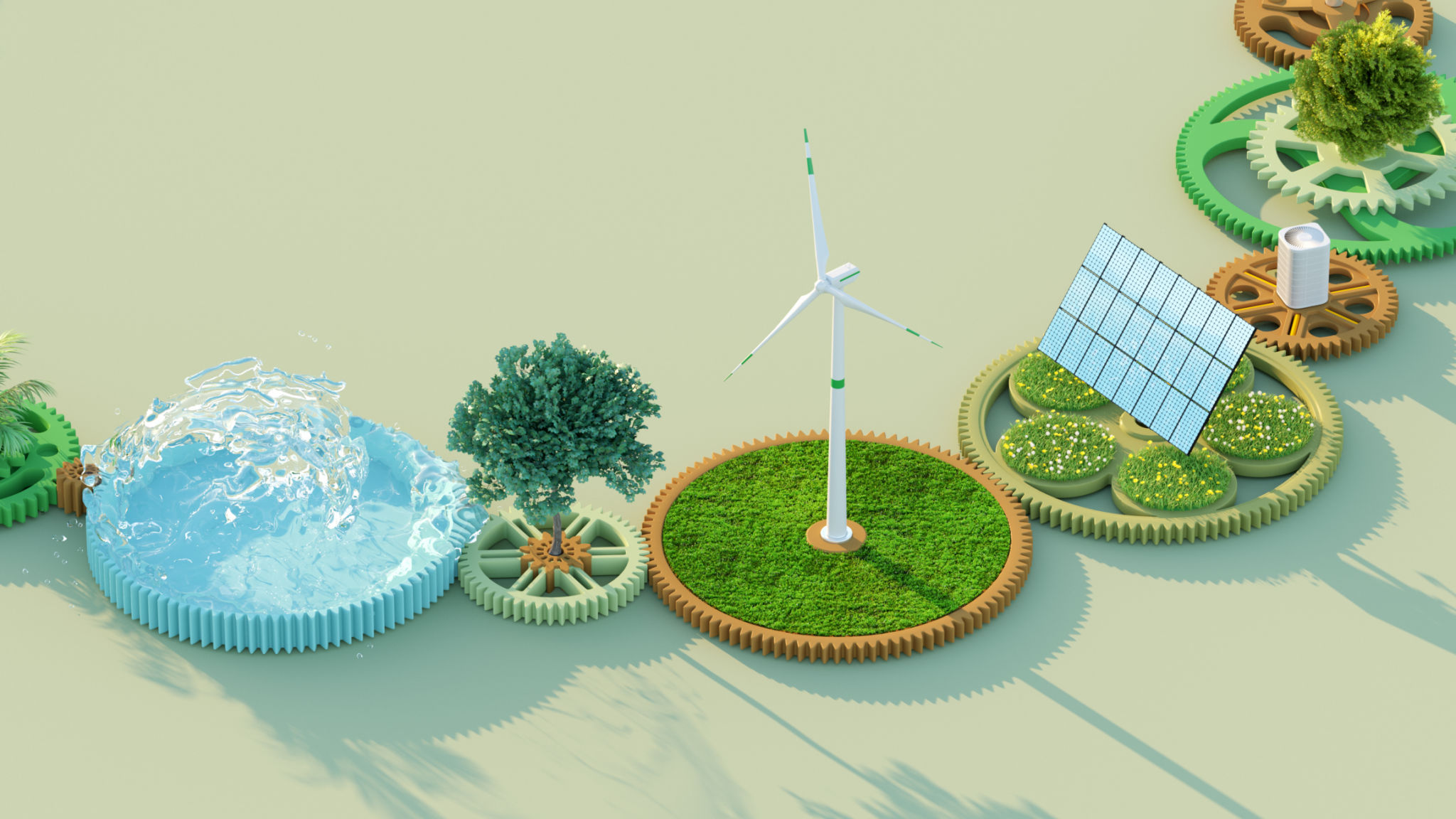Understanding Waste-to-Electricity: A Step-by-Step Guide
Introduction to Waste-to-Electricity
The concept of waste-to-electricity is a fascinating and innovative approach to energy production. It involves converting waste materials into usable electricity, which not only helps manage waste but also provides a sustainable source of power. This process is gaining traction worldwide as an effective solution to both waste management and energy generation challenges.
Understanding how waste-to-electricity works can be a bit complex, but breaking it down into manageable steps makes it easier to grasp. This guide will take you through the entire process, highlighting key steps and technologies involved.

Step 1: Waste Collection and Sorting
The first step in the waste-to-electricity process is the collection and sorting of waste materials. Municipalities and private companies collect waste from households, industries, and businesses. This waste is then transported to facilities where it is sorted.
Sorting is crucial because not all waste can be used for electricity generation. Items such as metals, glass, and certain plastics need to be separated out as they are not suitable for energy production. The remaining organic and combustible materials are then prepared for the next stage.
Importance of Efficient Sorting
An efficient sorting process ensures that the maximum amount of usable waste is available for electricity generation. This not only improves the efficiency of the system but also reduces the amount of waste that ends up in landfills.

Step 2: Waste Processing
Once sorted, the waste goes through a processing phase where it is prepared for conversion into energy. This typically involves shredding the waste into smaller pieces to facilitate easier handling and more efficient burning.
In some systems, additional treatments may be applied, such as drying or pelletizing, to improve the quality and consistency of the fuel. These processes help in optimizing the energy output during the conversion stage.
Technologies Used in Processing
There are several technologies utilized in waste processing. Mechanical biological treatment (MBT) and refuse-derived fuel (RDF) are common methods that enhance the suitability of waste for energy conversion. These technologies ensure that the waste is in an optimal condition for the next step of electricity generation.

Step 3: Energy Conversion
The heart of the waste-to-electricity process lies in energy conversion. The processed waste is fed into specialized facilities known as waste-to-energy plants. Here, it undergoes combustion, gasification, or pyrolysis to convert it into energy.
Combustion is the most common method, where waste is burned at high temperatures to produce steam. This steam drives turbines connected to generators, producing electricity. Gasification and pyrolysis involve heating waste in low-oxygen environments to produce synthetic gas, which can then be used to generate electricity.
Environmental Considerations
While converting waste to electricity offers many benefits, it's essential to manage emissions carefully. Modern plants are equipped with advanced filtration systems that minimize pollutants, ensuring that the process remains environmentally friendly.

Benefits of Waste-to-Electricity
Waste-to-electricity offers numerous advantages. It reduces reliance on fossil fuels, helps manage municipal solid waste, and lowers greenhouse gas emissions. By converting trash into power, communities can move towards more sustainable practices.
- Reduction in landfill usage: Less waste ends up in landfills, preserving space and reducing methane emissions.
- Sustainable energy production: Provides a renewable source of electricity that complements traditional power sources.
- Economic benefits: Creates jobs in waste management and energy sectors while reducing disposal costs.
Conclusion
The transition towards waste-to-electricity is a significant step in addressing both environmental and energy challenges. By understanding the stages involved—from collection and sorting to processing and conversion—communities can effectively implement this technology to achieve a cleaner, more sustainable future.
As technology continues to evolve, the efficiency and impact of waste-to-electricity processes will likely improve, making it an even more attractive option for governments and businesses worldwide.
